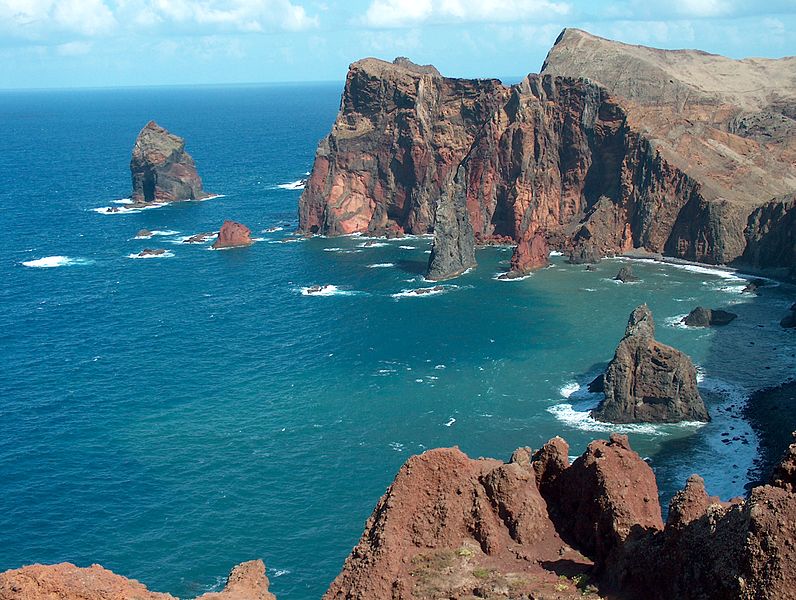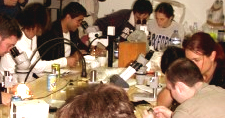EDIT Summer School 2010
The 3rd EDIT Summer School was held on the beautiful Island of Madeira, from 17 July - 1 August 2010
Â
| The subtropical island of Madeira lies 1000 km from mainland Europe and 500 km off the coast of Africa in the Atlantic Ocean. Discovered by the Portuguese in 1418, the archipel of Madeira consists of the islands Madeira, Porto Santo and the uninhabited Selvagens and Desertas Islands. Madeira has an area of 741 km² and is 57 km long and 22 km wide. |
 |
|
The Madeira Nature Reserve was created in 1982 in order to preserve the rich biodiversity of Madeira, which includes many endemic and endangered species. One of the greatest tourist attractions of Madeira lies in its spectacular landscapes. The archipelago is included in the biogeographic region of Macaronesia and has been recognized by UNESCO as a World Heritage site. "World Heritage Nomination (1999) - The Laurisilva of Madeira consists of approx 15000ha within the 27000ha of the Madeira Nature reserve. It is the largest area of laurel forest surviving and is in very good condition, with around 90% believed to be primary forest. The forest has great ecological value, providing ecological services to the island by protecting the micro-climate and maintaining water supplies by collecting and retaining water. It's biological diversity is exceptional, with 66 endemic vascular plant species, 13 liverwort and 20 moss species are listed as rare or threatened on a European scale and several endemic animal species, including a species of pigeon (the Madeiran Long-toed Pigeon, which eats laurel fruits), a lizard species, two species of bats and endemic subspecies of chaffinch and firecrest. Fossil evidence shows that laurisilva forests once covered much of Southern Europe in the Tertiary era (15-40 million years ago). As climate change brought about its demise on continental Europe, the ocean-moderated climate of the island groups Azores, Madeira and Canary Islands maintained relicts of this previously widespread forest type. The Macaronesian forests are unique in their phytogeographical history and in the relict and endemic species they contain" (excerpt from the World Heritage Nomination, IUCN Technical Evaluation, The Laurisilva of Madeira (Portugal), http://whc.unesco.org/archive/advisory_body_evaluation/934.pdf) |
| see photos of Madeira here (all photos by S. Stow & R. Rocha) |
